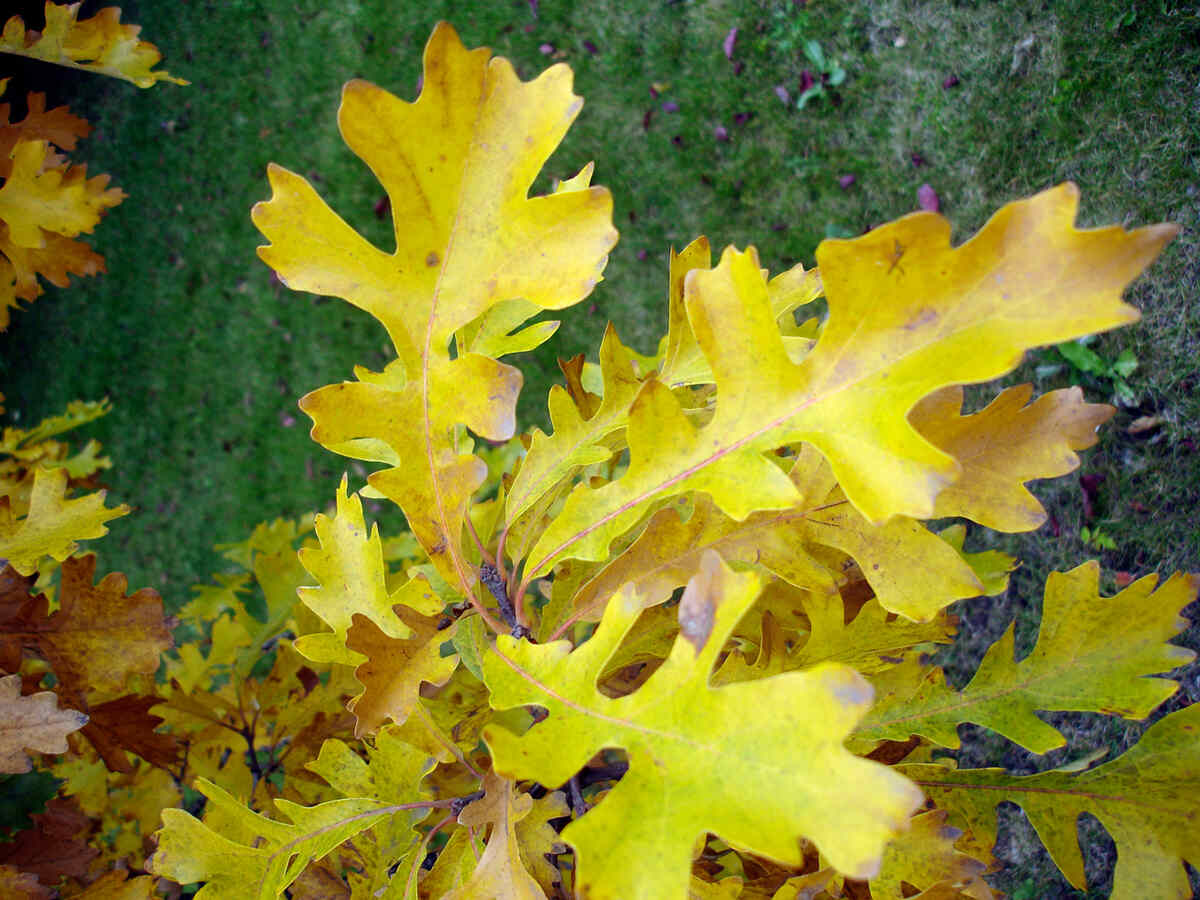
While planting trees may seem simple, choosing the best trees for your Minneapolis home can be a challenge. Southeast Minnesota contains numerous ecological regions and different soil types that favor different trees.
- Hennepin County is mostly part of the Big Woods region, whose thick soil consists mainly of crushed limestone left by the retreat of the Des Moines glacier.
- Ramsey County is mostly Twin Cities Highlands soil, which before settlement was a marshy plain with outwash soils ranging from clayey loam to sand.
- The Mississippi River area of Central Minnesota is part of the poorly drained fine sand of the Anoka Sand Plain.
Keeping your soil in mind, as well as the temperature and the wind, here are the nine best trees to plant in Minneapolis.
Hardiness Zone
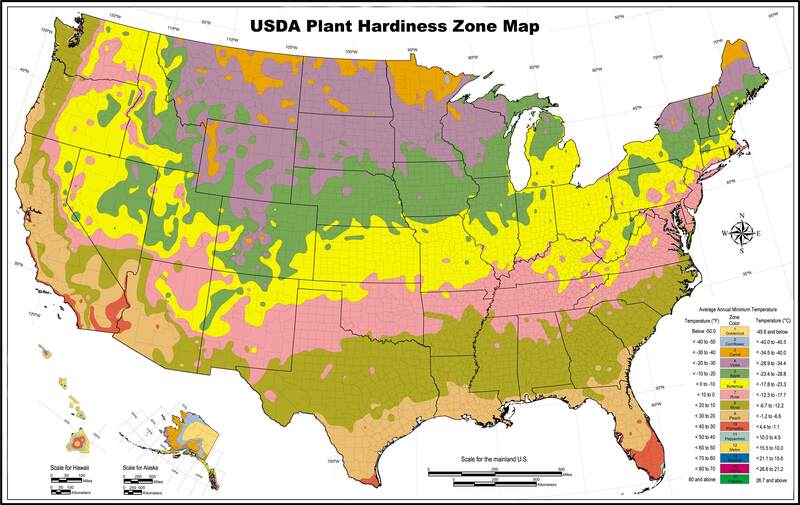
Coniferous Trees for Minneapolis
Conifers are trees that bear their seeds in cones (leading to the name conifer) and are known for their needles. Most conifer species keep their needles all year, leading to the term “evergreen”.
They are good trees to plant for privacy and wind breaks.
Good ones for Minneapolis:
Eastern Red Cedar (Juniperus virginiana)
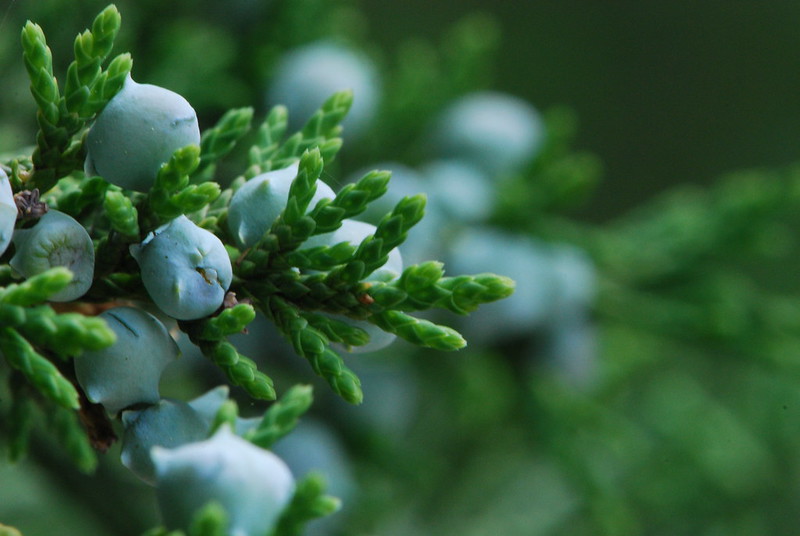
Photo Credit: Joshua Mayer / Flickr / CC by SA 2.0.
Eastern red cedars are native to southeast Minnesota and prefer sunny, well-drained sites where there isn’t much competition from hardwood species. Avoid planting too close to your garden or on small lots, as the roots spread and rob available moisture from the soil.
To Note: If you live near apple orchards, you may want to consider a different tree. Eastern red cedars and apple trees spread cedar-apple rust to each other if they are planted too closely together.
Hardiness zones: 2-9
Sun: Full
Soil: Clay, loam, sand. Acidic, alkaline, well-drained.
Mature size: 40-50 feet tall; 10-20 feet wide
Moisture requirements: Tolerates drought, dry soil, and road salt.
Maintenance: Low
Foliage: Silver-blue in the spring, turning blue-green through the summer
Flowers: A dark blue berry-like cone that birds flock to during winter
Northern White Cedar (Thuja occidentalis)
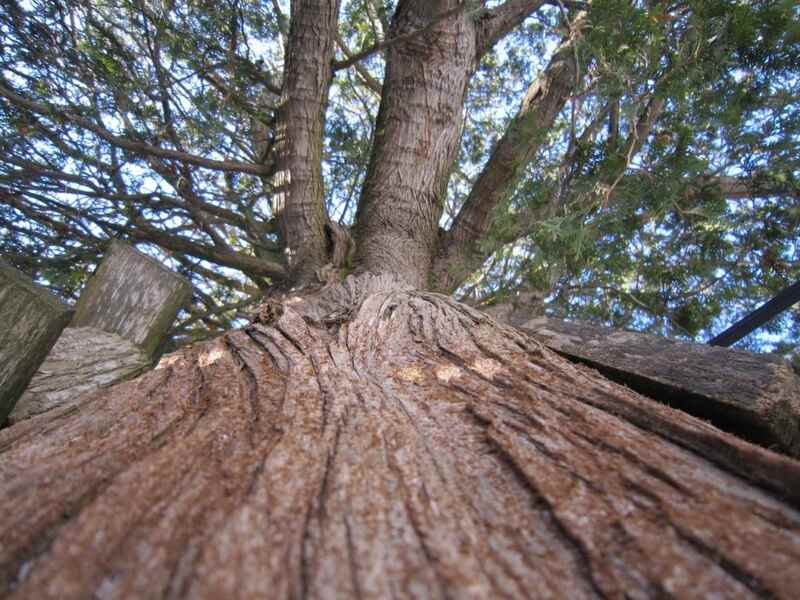
Photo Credit: Kate Ter Haar / Flickr / CC BY 2.0.
Native to the Twin Cities Highlands, white cedars are also known in gardening circles as Arborvitae. Though called a cedar, this is actually a variety of cypress, and it enjoys cool, moist soil. The oldest tree in the state is a white cedar estimated to be 1,100 years old.
Arborvitae is often used in hedges and can tolerate partial shade. Sadly, it’s a favorite of deer, so if you have a nearby deer population, you may want to avoid this species.
Hardiness zones: 2-7
Sun: Full sun to partial shade
Soil: Clay, loam, sand. Acidic, slightly alkaline. Extended flooding, well-drained.
Mature size: 25-40 feet tall; 10-12 feet wide
Moisture requirements: Wet or moist soil
Maintenance: Low
Foliage: Fragrant, needled evergreen
Flowers: Yellow, small
Scots Pine (Pinus sylvestris)
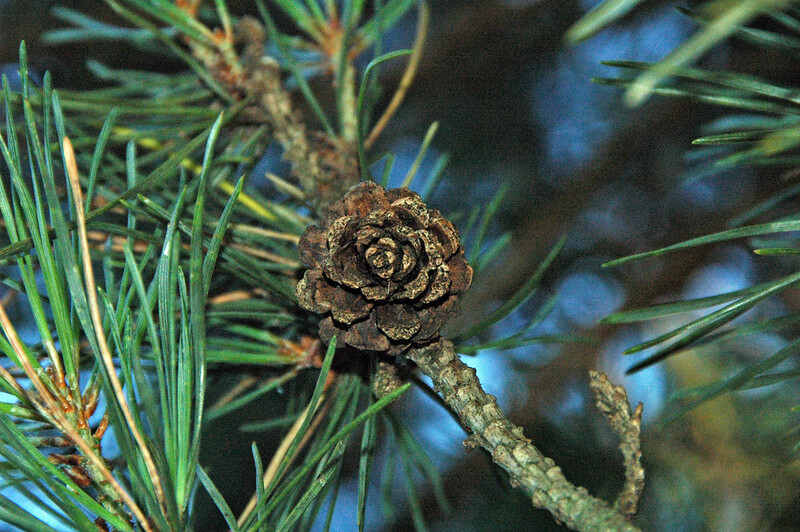
Medium growing and long-lived, Scots pines (aka Scotch pines) are beautiful evergreen conifers with showy orange bark. Hardy and adaptable, these trees can serve as accents, shade trees, or windbreaks — and do a mighty fine job as Christmas trees. While native to Europe, they have become naturalized in the U.S. and thrive in northern climates.
Hardiness zones: 3a-8a
Sun: Full sun
Soil: Clay, loam, sand. Acidic, slightly alkaline. Well-drained.
Mature size: 40-50 feet tall; 25-30 feet wide
Moisture requirements: Can’t tolerate “wet feet” caused by standing water
Maintenance: Low
Foliage: Evergreen
Flowers: Non-flowering
White Fir (Abies concolor)
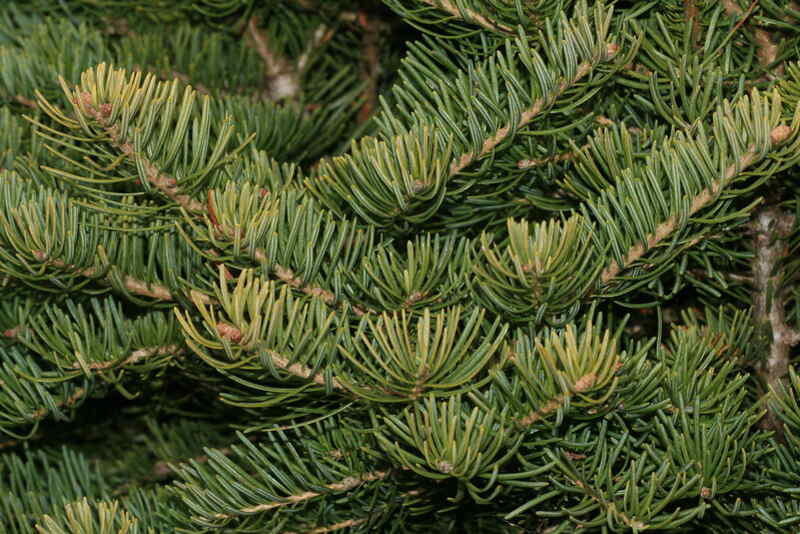
If you’re concerned about tree “litter,” from messy leaves or fruit that fall on cars and clog gutters, this tree is perfect. White fir trees are slow-growing, tidy trees that are low-maintenance.
Able to withstand heat and drought, these evergreens can grow to over 40 feet tall. White firs are a good substitute for blue spruce trees, which are susceptible to several debilitating diseases.
Hardiness zones: 3a-7b
Sun: Full sun, partial sun, partial shade
Soil: Clay, loam, sand. Acidic. Well-drained.
Mature size: 40-50 feet tall; 15-25 feet wide
Moisture requirements: Can’t tolerate “wet feet” caused by standing water
Maintenance: Medium
Foliage: Evergreen, needled evergreen, blue-green needles
Flowers: Red
Deciduous Trees for Minneapolis
Deciduous trees lose their leaves in fall or winter, and in beautiful displays of color. If they are planted on the south side of a home, they provide shade in the summer and warmth in the winter, when there are no leaves to block the sun.
Bur Oak (Quercus macrocarpa)
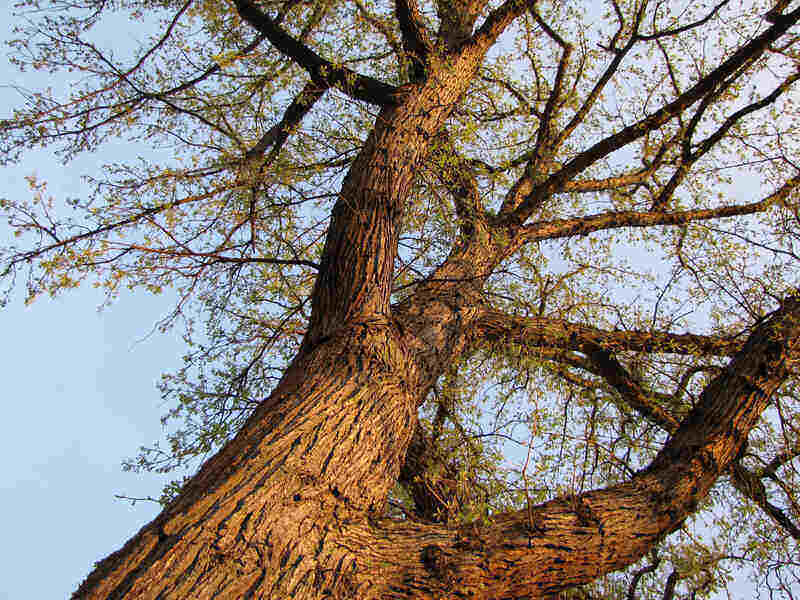
The bur oak is a native Minnesota savannah tree. It’s a slow-growing, long-lived tree that loves full sun and provides dense shade. Resistant to heat stress and air pollution, the bur oak drops large, fringed acorns in the fall, earning it another name, the mossycup oak.
Hardiness zones: 3a-8b
Sun: Full sun
Soil: Clay, loam, sand. Acidic, alkaline. Tolerates well-drained soils or soils with extended flooding.
Mature size: 70-90 feet tall; 60-80 feet wide
Moisture requirements: Tolerant of both drought and flooding.
Maintenance: Low
Foliage: Green turning brown in the fall. Come winter, its magnificent bark (gray, thick, deeply grooved) is visible.
Flowers: Insignificant
Red Maple (Acer rubrum)
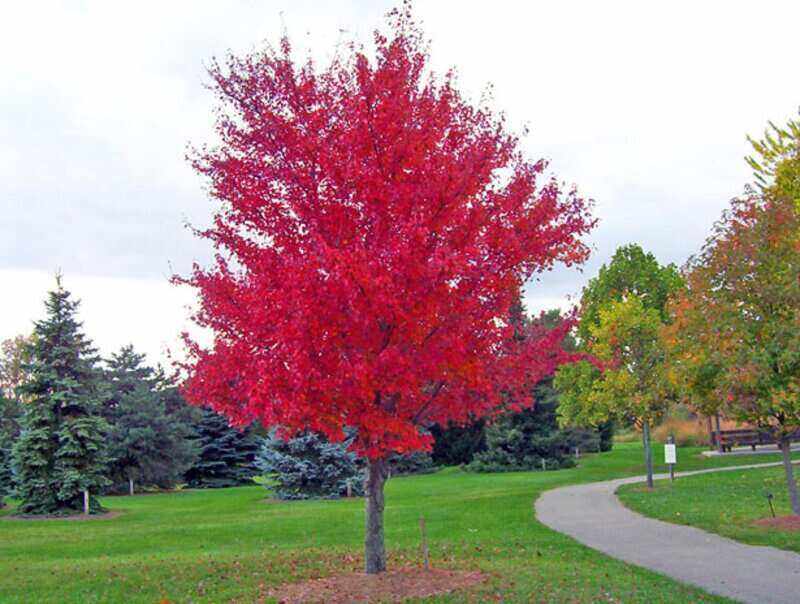
Red maples are a favorite landscape tree in Minnesota, prized for their exceptional fall foliage and ability to thrive in a wide variety of soils. These trees are well suited as shade, accent, or specimen plantings. Also known as swamp maples, they are sensitive to salt, so protect them from road salt spray.
Hardiness zones: 4a-9b
Sun: Full sun, partial sun, partial shade
Soil: Clay, loam, sand. Acidic. Extended flooding or well-drained.
Mature size: 60-70 feet tall; 25-35 feet wide
Moisture requirements: If the soil isn’t naturally moist, then water regularly.
Maintenance: Low
Foliage: Spectacular red, orange, or yellow fall color, often on the same tree
Flowers: Red or pink
River Birch (Betula nigra)
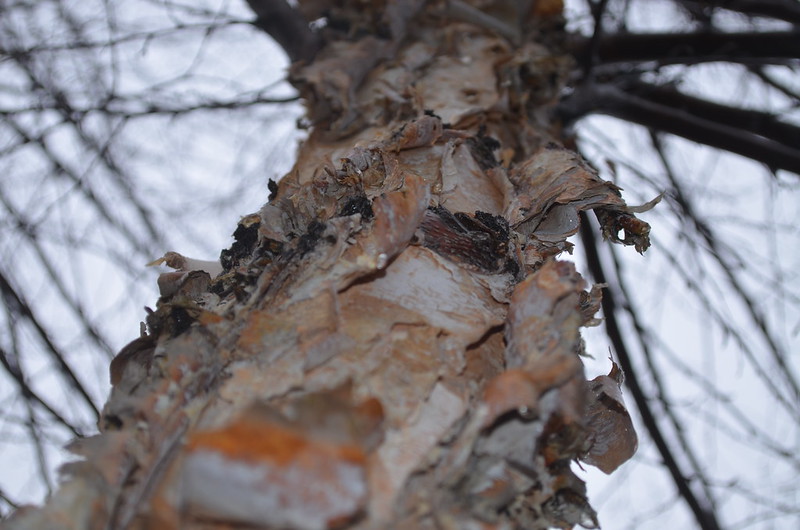
Photo Credit: F.D. Richards / Flickr / CC BY-SA 2.0.
Fast-growing and native, river birches are easy to transplant. They can thrive in sandy to clay soils and have no problem growing in wet, poorly-drained soils. River birches are heat tolerant, enjoy full sun, and can reach heights of more than 40 feet. There is a range of varieties available with different shapes, bark color, and foliage.
Hardiness zones: 4a-9a
Sun: Full sun, partial sun, partial shade
Soil: Clay, loam, sand. Acidic. Wet to well-drained.
Mature size: 40-50 feet tall; 25-35 feet wide
Moisture requirements: Needs wet soil, the kind found near rivers or in bogs. Don’t plant near concrete.
Maintenance: Low
Foliage: The bark of the tree draws gasps throughout its life. When young, it flakes into paper-like pieces that are orange and white in color before morphing into orange brown. After its third year, the bark becomes scaly and its color becomes dark red-brown fading into black.
Flowers: Inconspicuous
Special Trees for Minneapolis
Ginkgo (Ginkgo biloba)
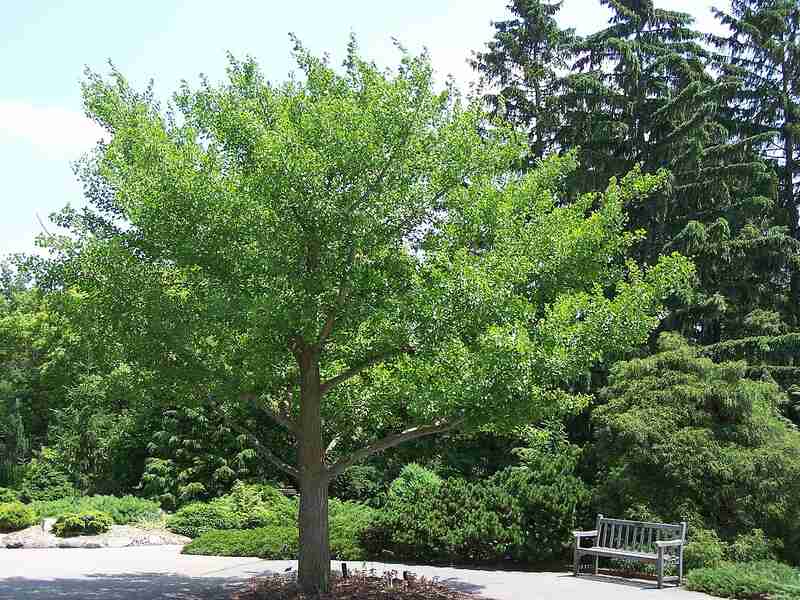
Imported centuries ago from China, ginkgo trees have deep roots that prevent them from being knocked over by strong winds, making them a perfect choice to plant in Minneapolis and its average winds of 10.5 miles per hour.
In addition, the ginkgo is resistant to pollution and diseases, making it an ideal urban and street tree. Insect- and disease-resistant, the only issue with these stunning trees is that the females can produce a fruit with a terrible odor.
Ginkgos are classified as living fossils, and date back 270 million years. They are classified into their own division, Ginkgophyta, with a single class, order, family, genus and species (Ginkgo biloba). They can grow to be 75 feet tall.
Hardiness zones: 3a-8a
Sun: Full sun, partial sun, partial shade
Soil: Clay, loam, sand. Acidic, alkaline. Well-drained to occasionally wet.
Mature size: 50-75 feet tall; 50-60 feet wide
Moisture requirements: Does not tolerate standing water or soggy roots. Keep sprinklers away.
Maintenance: Low
Foliage: Leaves are striking in that they are in the shape of a fan. They are leathery, simple, and an inch or two long.
Flowers: Inconspicuous
Serviceberry (Amelanchier spp.)
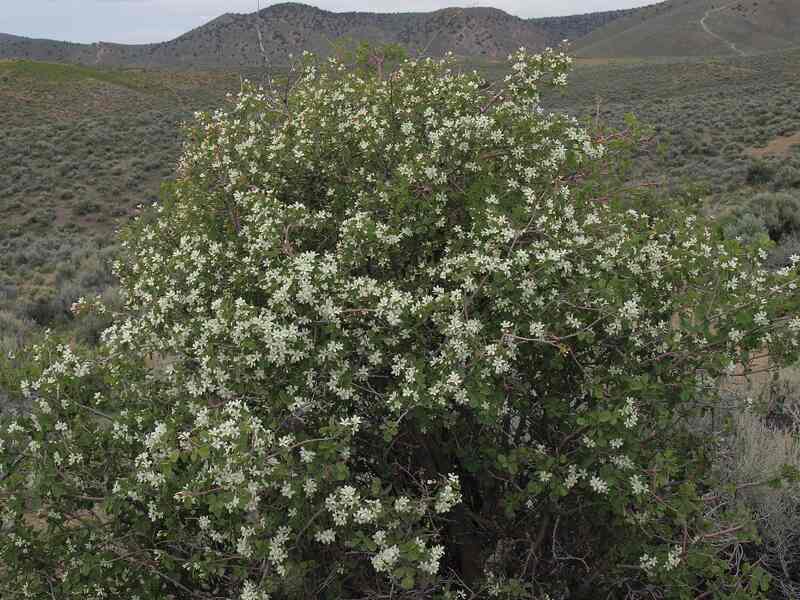
A very popular deciduous ornamental landscape plant in the region, serviceberries are at the heart of the debate over whether a plant is a shrub or a small tree. In the case of the serviceberry, it depends on the species. Some grow tall, making a tree that can grow up to 45 feet, while others work best as a shrub that will grow to about 8 feet high.
Shrubs are multi-stemmed plants that rarely exceed 15 feet in height, making them a good choice if there are power lines or sight lines to consider.
The serviceberry is especially well suited to Minneaoplis because of its exceptional salt tolerance, making it ideal for roadside and parking lot plantings. This species performs well in group plantings, borders, or as specimen trees, whether they are shrubs or small trees.
Hardiness zones: 2-8, depending on the cultivar
Sun: Full sun, partial sun, partial shade
Soil: Clay, loam, sand. Acidic. Occasionally wet, well-drained.
Mature size: 8-45 feet tall; 15-20 feet wide
Moisture requirements: Lightly moist to moist soil
Maintenance: Low
Foliage: Brilliant fall color as it turns from yellow and orange to dull red
Flowers: White flowers in spring, followed by purple fruit that birds quickly consume
A Word on Tree Planting
Before you choose a tree to plant on your property, take note of the conditions on your site. Consider:
- Type of soil
- Drainage
- Access to sunlight
- Access to water
- Exposure to wind
Shallow, compacted, and saturated soils are the causes of many tree failures, according to University of Minnesota Extension professor Gary Johnson, a specialist in urban and community forestry:
- “Fix soil problems by aerating, adjusting drainage, or amending the soil,” he says.
- “Planting too deep is probably the most common mistake leading to tree failure; the first set of roots should be just below the soil surface.”
Check your trees regularly:
- Pay attention to the leaves and branches.
- Try to find signs of disease or damage early.
- If there is extensive damage, look to hire a professional.
When to Call In a Professional
Getting a proper start is a critical first step for a healthy tree. Planting or transplanting in the right spot after the ground has thawed, ensuring the appropriate soil type and density, choosing the best time of the year for the climate, and transporting and planting without damaging the root systems are essential elements.
Planting a tree can be a fun DIY project, especially if you have a sense of humor about digging, watering, and pruning … and watching your efforts shrivel and die FOR NO GOOD REASON.

But if your project is intended to provide shelter from the wind and sun, or to last for a generation or more, it might be best to hire a professional tree service. Among the things they can do:
- Choose the site, making sure the right trees are the right distance from the home, family-used outdoor spaces, and powerlines.
- Determine the soil. They can determine if it is sandy or clay, and select the right tree. They also know how, and have the right equipment, to check the pH.
- Have the equipment, and know how to use it. It is easy to damage a root ball, and DIYers can easily tear off bark. If the project is large and important, it might be worth bringing in a professional.
- Establish a relationship. A critical time for developing trees is the first few years. A professional can take care of the trimming and mulching, and is trained to recognize when problems are starting to appear. For one tree, it makes sense to DIY. But for a yard-full?
LawnStarter research has found that the cost of planting trees can range from $25 for a small shrub to to $3,000 for a large, mature tree. Planting in bulk could result in savings.
FAQs: Pests, Deer, and Peeling Bark
Yes, people in Minnesota should be on the lookout for:
◉ Aphids
◉ Ash plant bugs
◉ Asian longhorned beetle
◉ Birch leafminer
◉ Bronze birch borers
◉ Caterpillars
◉ Cicadas
◉ Emerald ash borer (EAB)
◉ Galls
◉ Gypsy moth
◉ Honeylocust plant bugs
◉ Japanese beetles
◉ Lace bugs
◉ Pine bark beetle
◉ Sawflies
◉ Scale insects
◉ Spider mites
◉ Twolined chestnut borer
No, there are at least ten others:
◉ Black cherry (Prunus serotina)
◉ Dawn redwood (Metasequoia glyptostroboides)
◉ Ironwood/hophornbeam (Ostrya virginiana)
◉ Lacebark elm (Ulmus parvifolia)
◉ Paperbark maple (Acer griseum)
◉ Redbud (Cercis canadensis)
◉ Scotch pine (Pinus sylvestris)
◉ Shagbark hickory (Carya ovata)
◉ Silver maple (Acer saccharinum)
◉ Sycamore (Platanus occidentalis)
◉ Zelkova (Zelkova serrata)
Yes, they are known to strip the bark off trees, and will come into your yard to do it.
“Deer are very persistent once they grow accustomed to feeding in an area,” says John P. Loegering, a wildlife specialist at Minnesota University Extension. “It’s easier to prevent them from forming the habit in the first place.”
As you see deer in your yard, you want to install barriers and apply hazing or frightening techniques to make your landscape deer-resistant.
A Call to Action
The combination of cold, wind, and soil make the Minneapolis market a challenge when it comes to planting trees, but they are important additions for both the attractiveness and the value of your property.
Take the time to research the planting of trees, and then take action. Find the right trees for you, decide how you want them added, then hire a local Minneapolis landscaper to get it done.
Main Image Credit: daryl_mitchell / Flickr / CC BY-SA 2.0